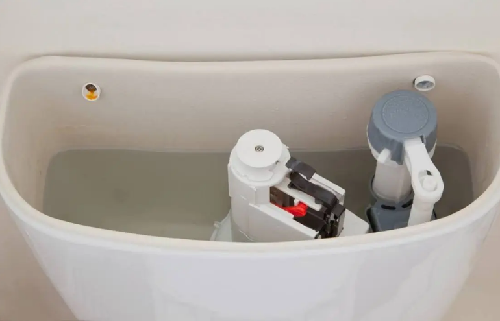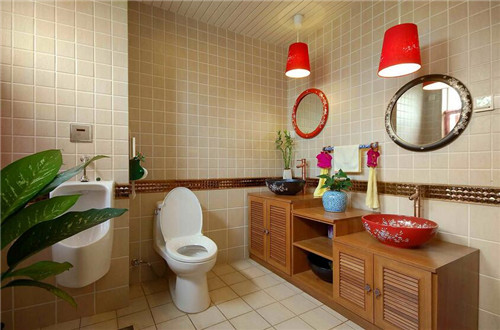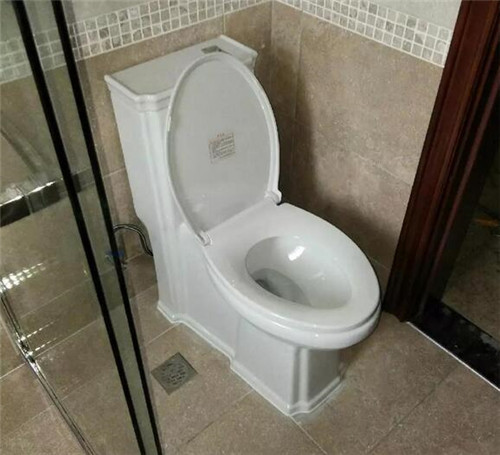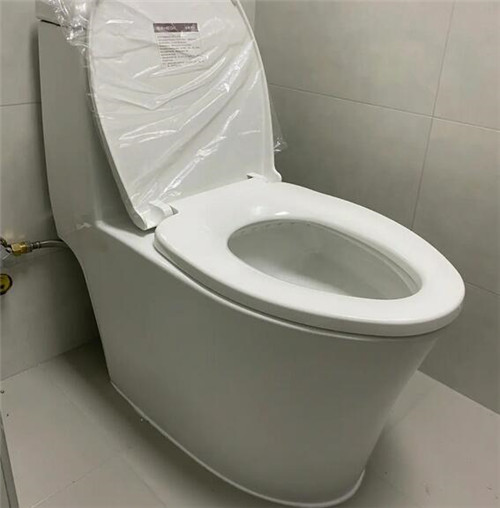Welcome To Hawkrown Professional
Are You Visiting As A Business Buyer (wholesaler/retailer) Or A Homeowner?
Business Buyer
Continue Here >Homeowner
Shop Retail Store >
Home / Blog Center / Chargers / Understanding Toilet Anatomy: Key Components of a Toilet
16/12/2024 | Hawkrown
The toilet is one of the indispensable fixtures in our daily lives, and it comes in a variety of structural designs. Here are the main components of a toilet’s structure:
1、Water Tank
The water tank is one of the most common parts of the toilet structure. It is usually located on one side at the back of the toilet and is used to store the clean water needed for flushing. Inside the water tank, there are one or more water valves that control the inflow and outflow of water. The water tank allows us to manually or automatically control the flushing of the toilet.

2、Flushing Mechanism
The flushing mechanism is a crucial part inside the water tank that transports water from the tank to the toilet for flushing. This mechanism typically consists of a flushing valve and a flush button. When the flush button is pressed, the flushing valve opens, allowing water to flow through the pipes into the toilet, effectively removing waste.
3、Waste Outlet
The waste outlet is a vital component of the toilet structure that is responsible for expelling feces and urine. The waste outlet consists of a U-shaped trap, designed to effectively prevent the backflow of odors. This U-shaped trap is also known as an "S-shaped trap" due to its shape resembling the letter "S".

4、Seat
The seat provides comfort and support within the toilet structure. It is usually made from materials like plastic or polyurethane, offering sufficient seating comfort. Toilet seats come in various designs, with some being detachable for easier cleaning. Additionally, seats may feature extra functionalities such as antibacterial properties and anti-slip designs.
5、Seal (or Flapper)
The seal, often referred to as a flapper, is a part of the toilet structure responsible for sealing. It is located at the bottom of the waste outlet and prevents odors and wastewater from escaping. The seal is typically made of soft rubber materials and ensures a good seal against the inner walls of the toilet to prevent any leakage during use.

6、Cleaning Device
The cleaning device is responsible for maintaining the cleanliness of the toilet bowl. It is usually positioned at the top of the toilet bowl and consists of a spray head. When the cleaning button is pressed, this device sprays water to help clean the inside of the toilet bowl, ensuring hygiene.
7、Base
The base is the foundation of the entire toilet structure, connecting the toilet to the floor. The base is typically made of ceramic or other durable materials that provide stability and durability, ensuring safety and stability during toilet use. Below the base, there is a drainage outlet for removing waste and wastewater.

Conclusion:
This introduction to the structure of toilets covers the main components. There are many different types of toilet designs, each suited for various scenarios and personal needs. By understanding the characteristics of different toilet structures, we can choose the most suitable one for our needs, enhancing comfort and convenience during use.
Are You Visiting As A Business Buyer (wholesaler/retailer) Or A Homeowner?
Business Buyer
Continue Here >Homeowner
Shop Retail Store >